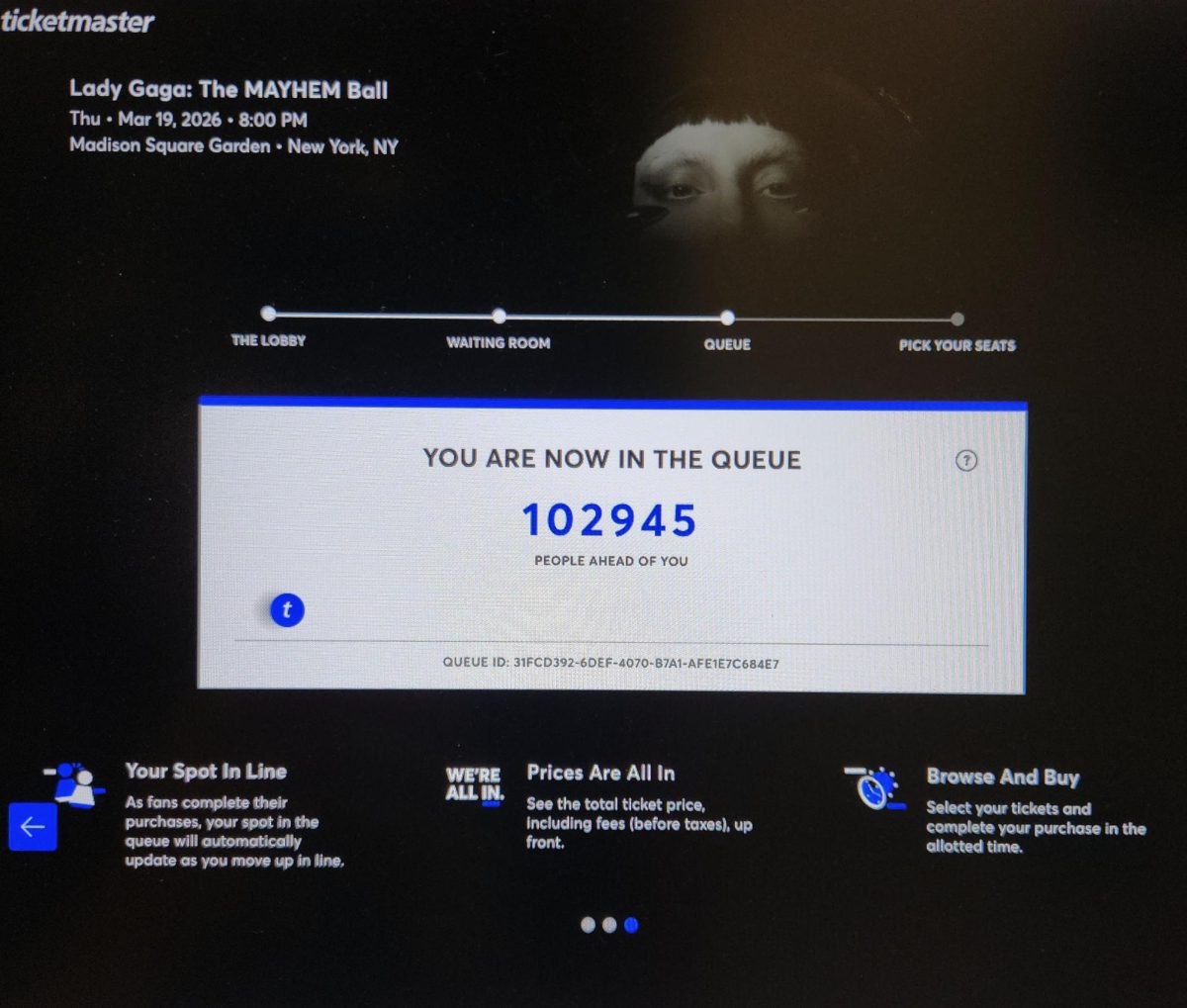In this article, I will cover some of the things you might want to think about when choosing a study abroad program to participate in. There are so many programs to choose from, especially if you are bold enough to look into non-Macalester-approved programs. I hope to provide a few things to think about that could help you narrow down this big decision.
First of all, I urge you to seriously plan out the rest of your semesters at Macalester before you try to pick a program, especially if you are hoping to graduate in four years but aren’t close to completing your graduation requirements. Planning this will help you figure out if you might have to take specific courses during your semester abroad. In my case, I needed to take organic chemistry both semesters of my junior year in order to stay on track, and thus, this was the deciding factor for choosing my study abroad program. If you also have specific courses to take, this could help to narrow down your program choices. Additionally, if you are hoping to do an internship abroad, focusing on programs that would allow this opportunity could also help you narrow down your choices.
When choosing which area of the world you’d like to study in, I’d encourage you to keep in mind two factors that you might not otherwise think of which affected me greatly during my program: hemisphere differences and summer opportunity availability before/after your program.
Something that you may not be consciously aware of is that seasons are flipped in the southern hemisphere compared to what we normally experience here in the northern hemisphere (provided you are away from the equatorial region where seasons are wet and dry, which is a different story). Their winter is our summer and vice versa. The relevance of this is that if you choose to study at a university in the southern hemisphere, their school breaks might not correlate directly with ours since summer breaks typically tend to be longer than winter breaks. This might give you either an extra long summer break before you leave combined with a shorter winter break after, or conversely a long winter break before you leave combined with a shorter summer vacation after, depending on when or where you go. I experienced the latter—I didn’t leave for Australia until late February and my program didn’t end until the first week of July. At first this didn’t seem like an issue for me, but when I started to look into research programs for the summer after my study away, I realized that my study away program made it quite impossible for me to do much with my summer since it was cut in half. I would definitely have liked to have considered this before I chose my program.
As you start narrowing down where you would like to study abroad, you will probably realize that there are many different types of study abroad programs out there. It is important for you to consider what you want or need from the program you choose. If you don’t have a lot of wiggle room over the coming semesters and will need to take specific courses while abroad, a direct enroll program may be for you. Many of these are in English-speaking countries such as England, New Zealand or Australia in order to facilitate your learning, which might feel a bit restrictive to those hoping to learn a language. However, there are some programs in foreign-language countries that might also offer you some of the same freedoms in course choice. For example, the CUPA program in Paris, France allows you to directly enroll at a university while allowing you to enhance your French-speaking skills. There are many other programs like this for other countries, along with other programs that aren’t exactly direct enroll but will still allow you to choose some of the courses that you’d like to take. I’d encourage you to take a dive into the available programs, as you are sure to find one that will cover most, if not all, of your needs.
Hopefully this article is at least a little helpful to you as you are choosing your study abroad program. In my next and concluding article I will discuss the finance side of study abroad and provide budgeting resources. Stay tuned!







Christian Ball • Sep 12, 2019 at 3:09 am
Peculiar article, exactly what I needed.
Vanessa Clark • Sep 8, 2019 at 12:23 pm
According to my observation, after a in foreclosure process home is bought at an auction, it is common for your borrower to be able to still have a remaining unpaid debt on the financial loan. There are many loan companies who attempt to have all charges and liens paid off by the subsequent buyer. Having said that, depending on certain programs, legislation, and state guidelines there may be a number of loans that are not easily handled through the shift of financial loans. Therefore, the responsibility still falls on the lender that has acquired his or her property in foreclosure. Thank you for sharing your opinions on this web site.